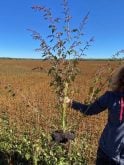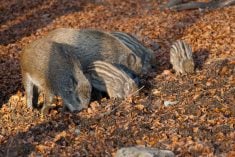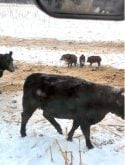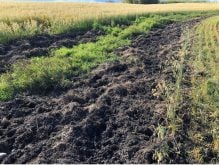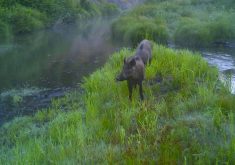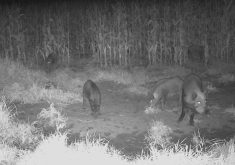They say a weed can grow almost anywhere, and researchers at the University of British Columbia have found the reason is genetic.
They looked at one successful weedy plant, the Jerusalem artichoke, to see why it survives, thrives and spreads.
Understanding how invasive plants evolve and the genetic underpinnings that enable them to thrive in a new environment is key to better understanding why they are wreaking havoc on natural landscapes and food production around the world.
“The production of a large number of tubers is a major driver of invasion success in Jerusalem artichoke,” said Dan Bock, lead author of the study who completed this work as part of his PhD in botany at UBC. “Moreover, we can see that this trait evolved multiple, independent times in invasive populations.”
Read Also

Mazergroup’s Bob Mazer dies
Mazergroup’s Bob Mazer, who helped grow his family’s company into a string of farm equipment dealerships and the main dealer for New Holland machinery in Saskatchewan and Manitoba, died July 6 from cancer.
Bock says they identified at least four independent genetic origins, meaning that invasiveness can evolve repeatedly.
“It is interesting that a single trait is driving invasion success,” said Michael Kantar, a co-author of the paper and former UBC post-doctoral fellow who is now at the University of Hawaii.
It’s also common for invasive species to take over areas that have abundant resources. In the case of the Jerusalem artichoke, the resource is water. In Europe, this invasive plant pushes out native plants along river courses and in the U.S., it’s a weed on farm fields.
“We tend to think evolution happens very slowly but here, we’re seeing evolution in real time,” said Kantar.
Previous research estimated that invasive species of all types — plants, insects and pathogens — cost the U.S. more than US$120 billion annually.







